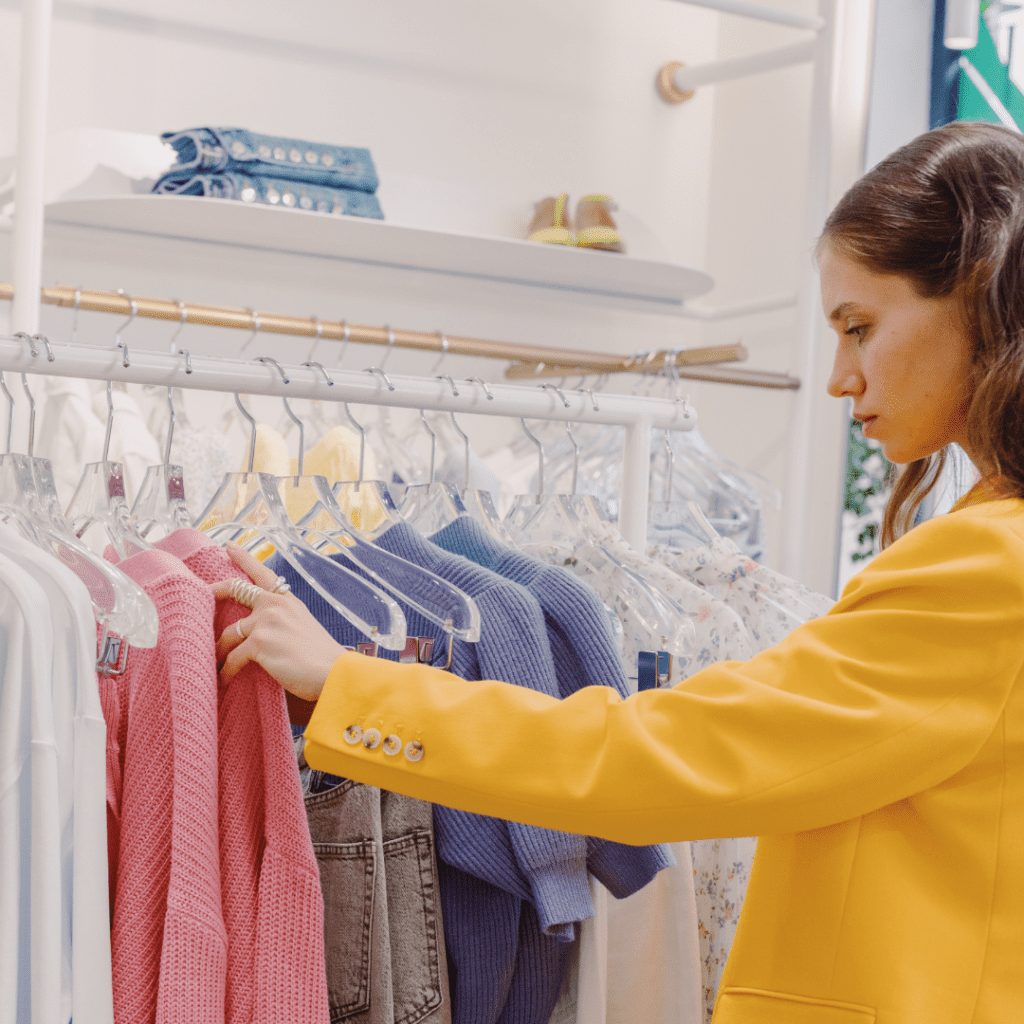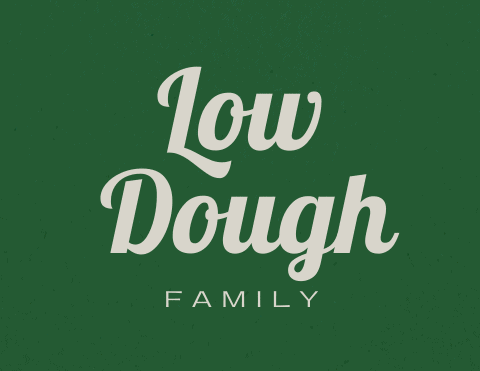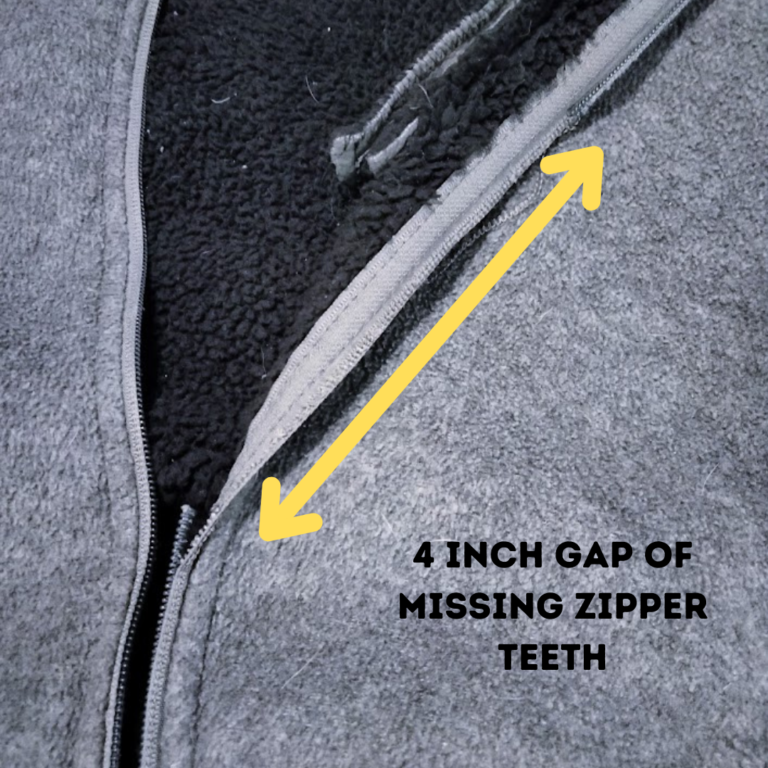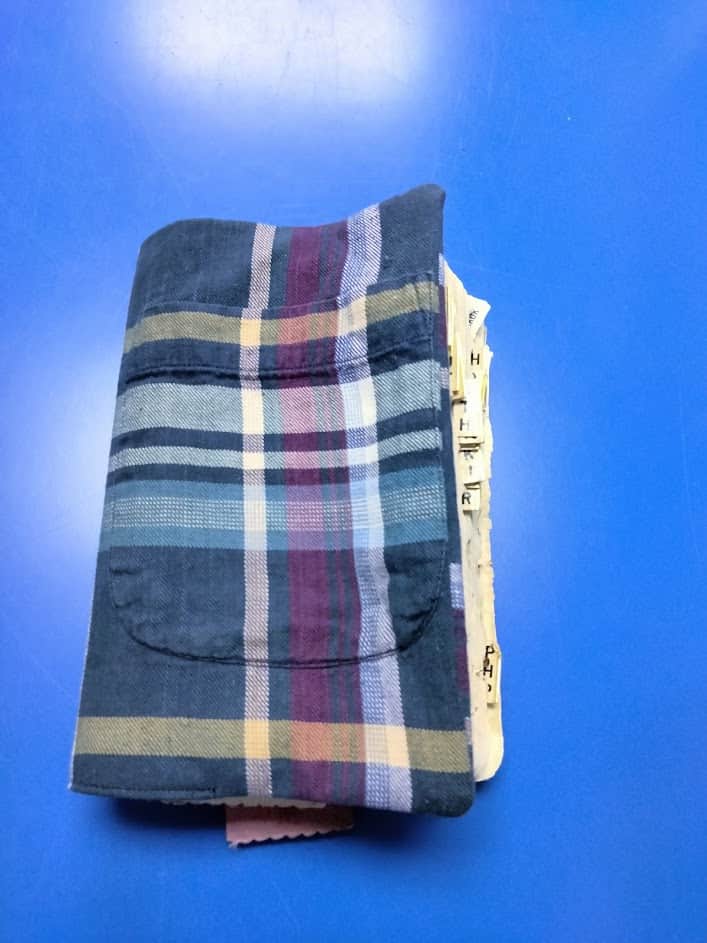Are outlet stores cheaper?
You may have heard of the huge deals and discounts that you can find at outlet stores. Brand names like Carter’s, Old Navy, Gap, and Kate Spade all have brand name merchandise at discount prices available at outlet stores.
Before you head out to the outlet stores to save money, you really need to understand how the pricing works at outlet stores. We are going to deep dive into if outlet stores have cheaper prices, how are they cheaper, are the prices actually that much cheaper, are they cheaper than buying online, and how to know if you have gotten a good deal.

Do outlet malls have cheaper prices?
In general, the price at outlet stores and outlet malls, will be cheaper compared to the same brand name being offered in a regular retail store.
The major difference in pricing has less to do with offering a good deal to consumers, and more about offering cheaper products at a cheaper price.
Yup, that super cute Coach handbag is so cheap to compared to regular Coach prices, because it is a cheaper and lower quality bag.
The outlet bag will more than likely have a plain lining and less hardware than a retail Coach bag. A retail Coach bag typically has a lining with the Coach logo on the fabric.
You can also tell the difference in how the logo appears on the bag. A true retail Coach store will have their name emblazoned on the hardware, whereas the retail bag will more than likely have the name stamped directly on the bag.
The cheaper materials used to make the outlet Coach bag, is the reason that Coach outlet can sell a bag for super cheap compared to the regular retail Coach store. To find out more about how outlet stores get their merchandise, check out “What is an outlet store?”.
How are outlet stores cheaper?
In general, the reason outlet stores are cheaper is because they are directly targeting bargain hunters. As more and more people are shopping less and less at high end retail locations, retail stores are opening outlet stores.
Everything about outlet stores is made to attract and appeal to the bargain hunter. They do not target brand loyal customers, because true loyal customers will pay higher prices.
They target bargain hunters with super low prices because they know that bargain hunters are making decisions based on price.
Outlet stores offer cheaper prices than retail because they are making clothing and goods at a cheaper price just to sell at a cheaper price. The majority of the items that you find in an outlet store was made specifically for that outlet store.
One of the easiest ways to tell that an item was made specifically for an outlet store is to look at the tag. In almost every outlet store, you will notice that the tag is slightly different than one from the main retail store.

The difference can be subtle, so if you don’t know what you are looking for you may not notice it at all. Most outlet store tags will include a symbol like a diamond on their clothing tags that doesn’t normally appear at the retail store.
The subtle tags can be found at stores like Banana Republic, where the retail tag will have no diamonds, and the outlet version will include 3 diamonds. J Crew sometimes includes 2 diamonds on their tags as well to distinguish which is retail and which is outlet.
Another example is the name listed on the tag. A tag may say “J Crew Factory” instead of “J Crew”. Another popular one is “Norsdtrom Rack” instead of “Nordstrom.”
Why the do the retailers use different tags? The most obvious answer is so you couldn’t buy an item at the outlet store and try to return it at the retail location for a higher price than you paid.

Are outlet stores really cheaper?
There is currently a very heated discussion right now involving the US government, about whether or not the outlet stores are really cheaper at all.
Back in 2014, four members of Congress sent a letter to the Chairwoman of the Federal Trade Commission regarding the pricing practices of outlet stores and outlet malls. They claim that the pricing that is shown on signs and price tags can be deceptive to consumers.
Wait a minute! The price tags are deceptive? Yes! Basically, a major retailer will make a cheaper version of a $200 sweater, price it at $50 at the outlet store, and then offer another 50% discount making the sweater appear to be an amazing deal at only $25.
The problem with this pricing, is that the sweater that you are buying for $25 was never intended to be sold for $200. It was purposely made and manufactured to be a $25 sweater.
An average consumer may be thinking they are getting a $200 sweater for 87.5% off which would be an amazing deal. Unfortunately, their $25 sweater is really just a $25 sweater.
The only similarity between the $200 and the $25 sweater is that both are associated with the same brand name.
In fact, this is such a common practice at outlet stores and discounted department stores, that consumers have started fighting back against this deception.
In 2015, Michael Kors was sued for its deceptive pricing at their outlet stores. Michael Kors was accused of creating an “illusion” of deep discounts when in fact the MSRP listed on the tags was never the intended price. Unfortunately, Michael Kors has only slightly changed their pricing policy since settling the lawsuit. Instead of Manufacturer Suggested Retail Price (MSRP) being listed on the price tag, they changed the wording to be “Value”.
When you are outlet shopping, just remember that the “value” of the items that you are buying is in the eye of the buyer. Don’t trust that the MSRP listed on a price tag is anywhere close to being accurate.
In 2016, CBC News broadcast an undercover report showing that the suggested or “compared to” prices listed in many outlet stores were nowhere close to being accurate. In fact, some of the items they bought turned out to be more expensive for the exact same items available at other discount stores.
If you want to save even more money on clothing, then consider checking out “How to make a Capsule Wardrobe to Save Money” to learn awesome tips and tricks!

Are outlet stores cheaper than online?
In general, outlet stores may be cheaper than online. Outlet stores really became popular before online shopping was even a thing.
More and more brands are now offering their discounted and discontinued goods in flash sales and online clearance instead of using outlet stores.
Not only is the cost of overhead cheaper to sell discounted merchandise online than at an outlet store, but a retailer can also stop and start sales at any time.
A retailer isn’t going to close an outlet store because it doesn’t have any merchandise, they will continue to be open whether they have inventory or not. This is another reason why retailers make specific lines for outlet stores. If they have their own outlet products, the outlet store can’t run out of merchandise.
Now retailers that do not have outlet stores, will usually have all their stores send back any merchandise that has not sold in store to a general warehouse location. They will then take all those goods and offer them in an Online Outlet store for a discounted price.
Online Outlet stores are going to be the next wave of retail. Instead of having to have specific locations that require renting a space, shipping pallets of goods, hiring employees, and dealing with theft and damages at the store; retailers are able to sell their discounted merchandise online.
All the merchandise is located in one place, and then sold 24/7 every day of the year. There are no store hours and there is no need to physically go anywhere to buy the products. You can now buy heavily discounted Under Armour from your home at 3am and have your items shipped directly to you.
Now instead of outlet stores relying on foot traffic and word of mouth to get bargain hunters in their stores, they tell consumers to sign up for their email newsletters to get even better deals. The retailers then direct shoppers to their online outlets to buy bargains without having to go to a physical outlet store.
Major retailers can save a lot of money on real estate by just having one central warehouse instead of 50 outlet stores. This savings is really only good for the company, not for the bargain hunter.

Can you get good deals at outlet stores?
Even though the pricing may be deceptive, and the products can be of a lower quality, outlet stores can still be a good deal on some products.
If you are interested in trying out a new style or type of clothing, then an outlet store may be the perfect option for you. Outlet store merchandise is similar to the trend of fast fashion. These items are super cheap and may not last for years, but they are a bargain if you only plan on wearing them for a short amount of time.
A perfect example of a good deal at an outlet store, is bathing suits. If you don’t really care if the bathing suit is from last year’s collection, or that it is made cheaper than the name brand, you can snag a huge bargain on an outlet store bikini.
Odds are good you are only going to wear that bathing suit for one season and depending on how often you wear the swimsuit it may be perfectly acceptable to get 5-10 uses out of it. So, if you are going on vacation for a week, an outlet store two-piece bathing suit may be the perfect place to stay on budget.
If you live in a warm and tropical area and tend to wear bathing suits 9 months of the year that would be different. You might wear the same swimsuit more than 30 times in a season! Then buying a retail version of that swimsuit will be a better option because it will be made with better quality and longer lasting materials.
If you go into outlet shopping knowing that the item you are buying is based more on the price and that it is cute, rather than it being a staple item in your wardrobe, you will be just fine.

How do you know if you got a good deal at an outlet store?
So how exactly do you know if you are saving money or just buying clever marketing? The whole point of marketing is to get the consumer to buy more items from a retailer whether it is at their regular retail stores or their outlet stores.
The number one way to spot a good deal is to price match. Most of these retailers have an app that you can download onto your phone. You can scroll through their products and see what the comparable price is of their products.
For instance, if you find a beautiful black sweater at a super price from a retailer’s outlet store, you can look up black sweaters on their app. You may notice that while your discounted sweater is beautiful, it may be made with mainly polyester whereas the retail version is made of genuine mohair.
Always try on your clothing at an outlet store. Some outlet stores still sell defective items that didn’t meet the retailer’s quality control standards. That means that even if you find the same item at the regular retail store, the item in the outlet store may have one sleeve longer than the other. Other defects could be the inseam may be a different length, or that the stitching is loose or there are missed stitches.
Before you spend money on clothing at an outlet store make sure it fits the way you want it to, because the return/exchange policy at outlet stores can be very strict. Some have an “all sales final” or very small window to return your purchase.
To truly save money at an outlet store you have to be willing to be patient and do your research. Keep in mind though that retailers invest millions of dollars every year in marketing just to convince you to buy more.
Common marketing practices that work are things like huge discounts, free shipping, and special credit card offers. These “deals” are all ways to encourage you to spend more and think that you are saving money.
Whenever you are shopping for clothing, sporting goods, or home wares, it is best to have a list of exactly what you need and a budget for those purchases. This will ensure that you are not being swayed to purchase something that you did not intend to buy.
If you budget a certain amount, try to save up for the purchase ahead of time. Psychologically speaking it is harder to spend cash than to use a credit card. So in theory, if you shop with cash you are more likely to spend less. You are also more likely to truly think out your purchase rather than cave to an impulse buy.







